Food for the Soul: Artemisia – The Heroine of Art
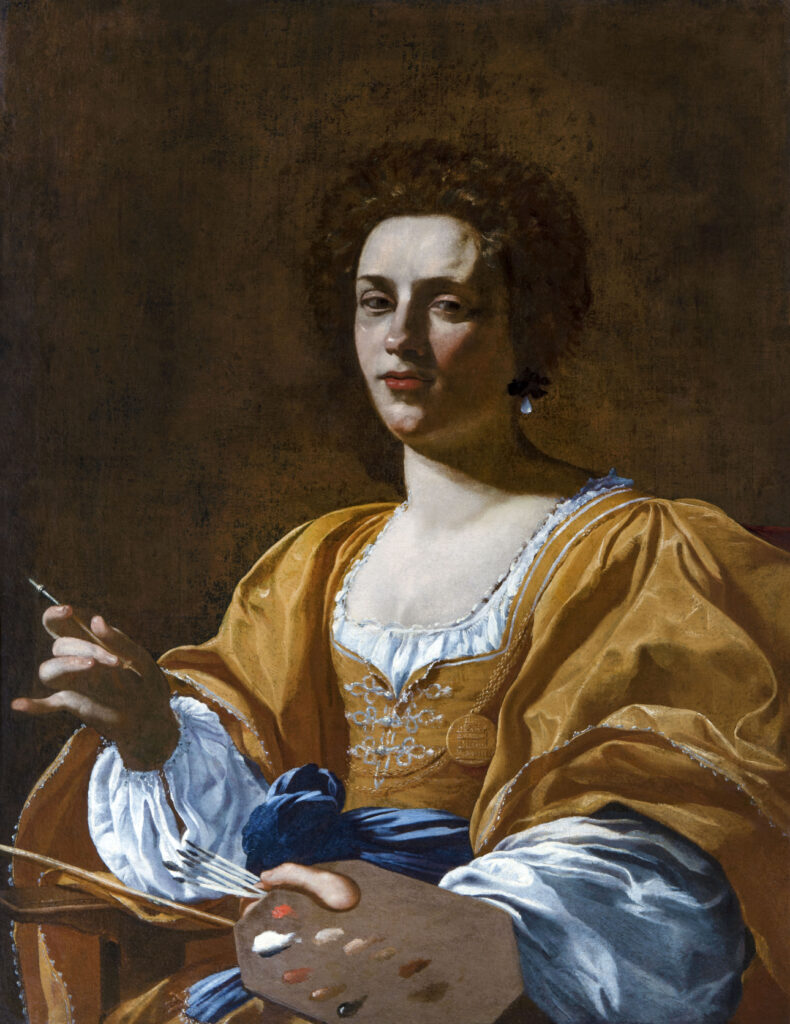
By Nina Heyn
When I wrote a chapter about Baroque painter Artemisia Gentileschi (1593 – c. 1656) in my book, Women in Art: Artists, Models and Those Who Made It Happen, I wanted to separate the sensationalism of her biography from her art, which was original and high-quality, regardless of the unusual circumstances of her life. The exhibition entitled Artemisa Gentileschi: The Heroine of Art seems to have a similar goal of presenting the painter’s achievements throughout her life and not only from the perspective of her traumatic youth.
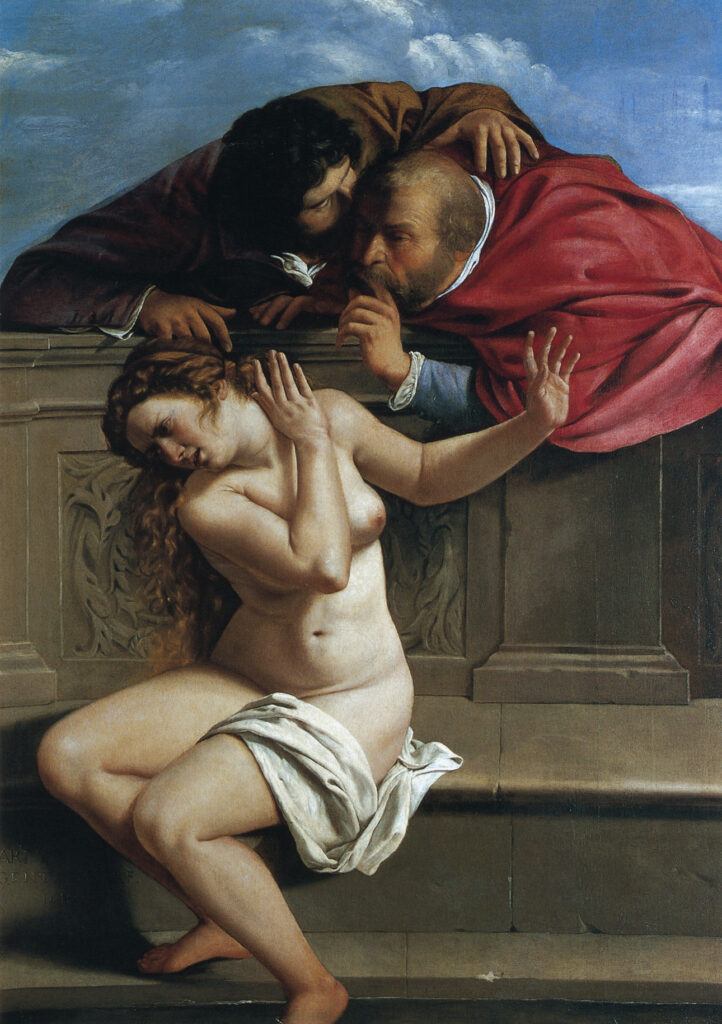
The exhibition starts with one of the earliest works of Artemisia, who painted her first canvas on the theme of Susannah and the Elders when she was barely 17 years old. Artemisia was a daughter of Orazio Gentileschi, an important Roman painter who taught her the craft, but this picture is her first solo work. Even as a teenager, inexperienced in both painting and sexual harassment, Artemisia made this theme her own in a picture that is powerful both as art and as an expression of emotions.
About a year after painting this picture, Artemisia went through her personal hell. She was raped by an acquaintance of her father’s, and afterwards, she was subjected to interrogation and torture when Orazio brought the rapist to trial. The man was shielded from any serious punishment by the pope who, needing the painter to complete a palace decoration, simply condemned him to a light house arrest. Artemisia, as a woman whose reputation was in shambles, was hastily married to Orazio’s friend and sent off to Florence.
It is in that city, far from the influence of both papa and the pope but in the center of the artistic patronage of the Medici court, that Artemisia found her artistic stride. She may have painted the typical religious and mythological themes of the time, but she imbued them with her own perspective. She painted the theme of Judith and Her Maidservant several times, each time focusing more on the emotions of the two women engaged in the gruesome task of cutting off the enemy’s head than on just showing a visually interesting biblical scene.
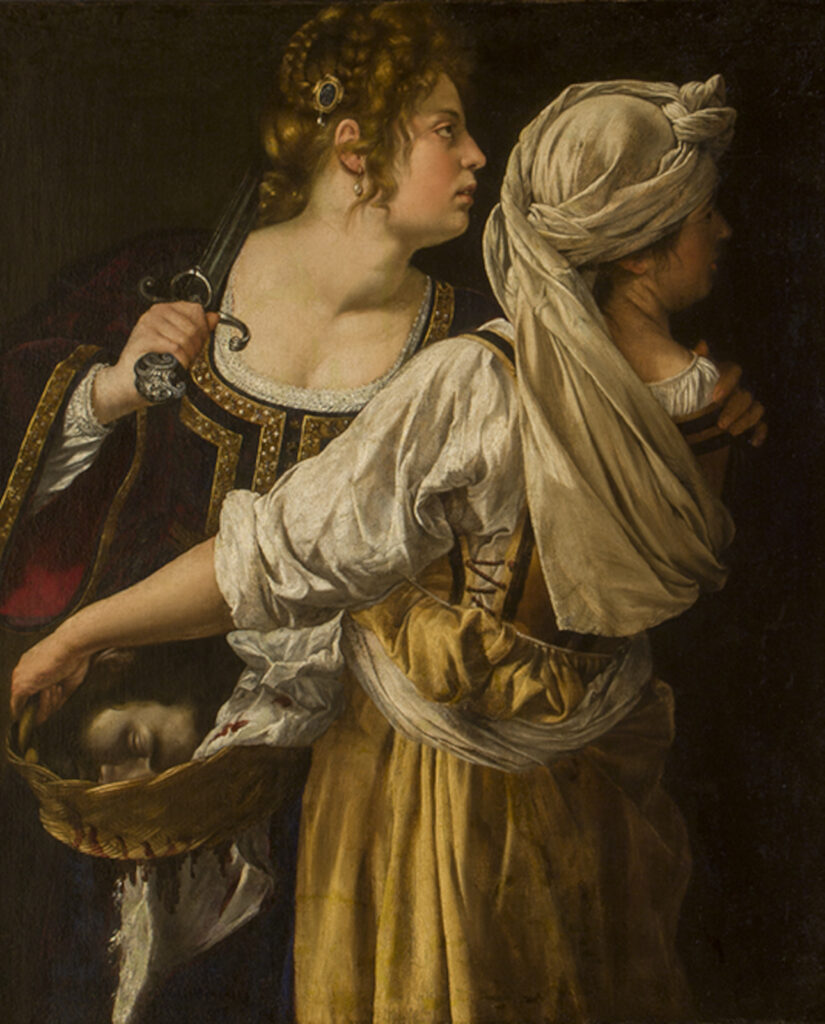
The exhibition’s curators have assembled from various sources works by Artemisia that demonstrate both the artist’s skill and the range of commissions that went beyond the classic religious themes that were the staples of painterly assignments at the time.
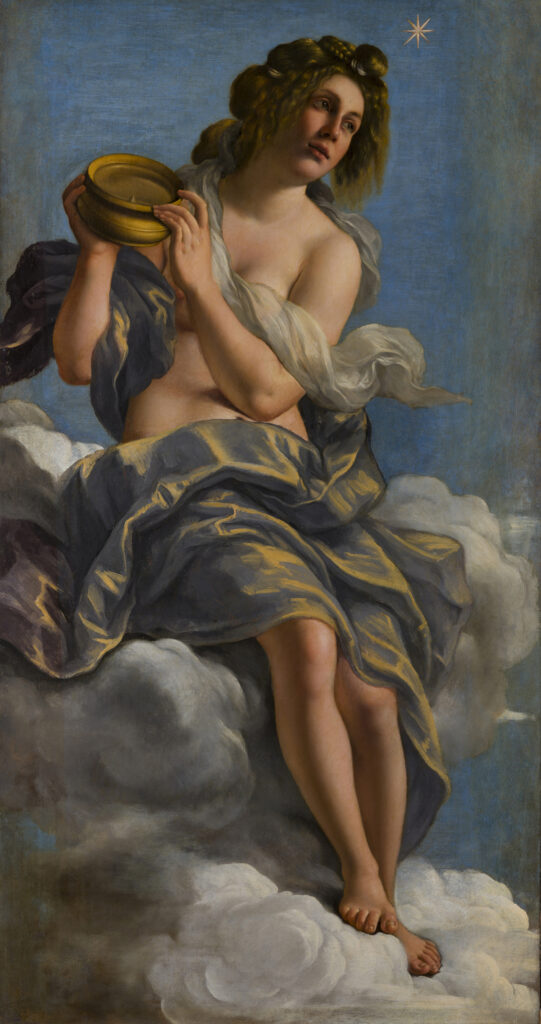
One of the most charming paintings is an Allegory of Inclination—a beautifully painted semi-nude (possibly a self-portrait). Artemisia created this painting as a decoration for Casa Buonarotti, Michelangelo’s family home in Florence that his descendants decorated and furnished in his honor. That canvas is normally on a ceiling and scantily lit, so the exhibition has brought this great work out into the world.
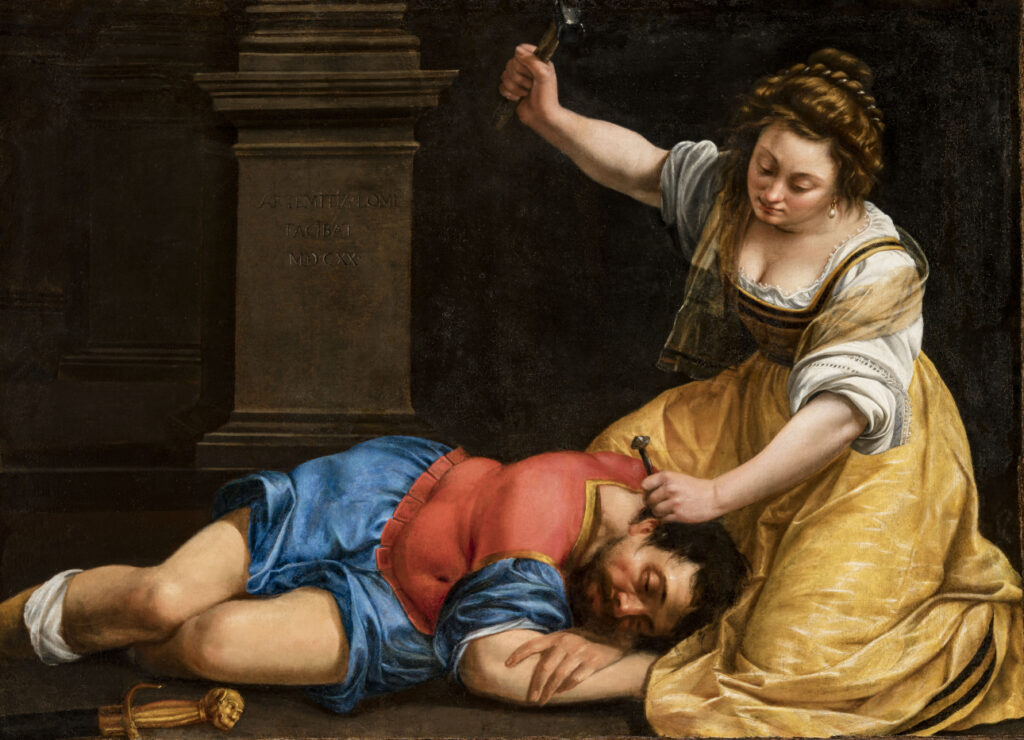
After spending almost a decade in Florence, Artemisia was able to return to Rome, at that point an accomplished artist in her own right who could secure important commissions. In Rome, she was celebrated both by her Roman patrons and by the artistic circle of Caravaggio’s followers. She was the only woman in that circle. It was also at that time that Artemisia was officially recognized as the head of her household, her husband having disappeared from the scene some time before. Such recognition ensured her control over financial matters in her family, and she was the breadwinner thanks to her artistic success.

From that period of Artemisia’s social success come her paintings showing women who, unlike the harassed Susannah, are able to control the men around them. Jael and Sisera (a great picture brought from Budapest for the exhibition) depicts a biblical tale of a woman who killed an enemy general with a peg after wooing him to sleep in her tent. Esther Before Assuerus shows a scene of a woman who tries to save her people by bravely confronting an enemy king and admitting her true identity.
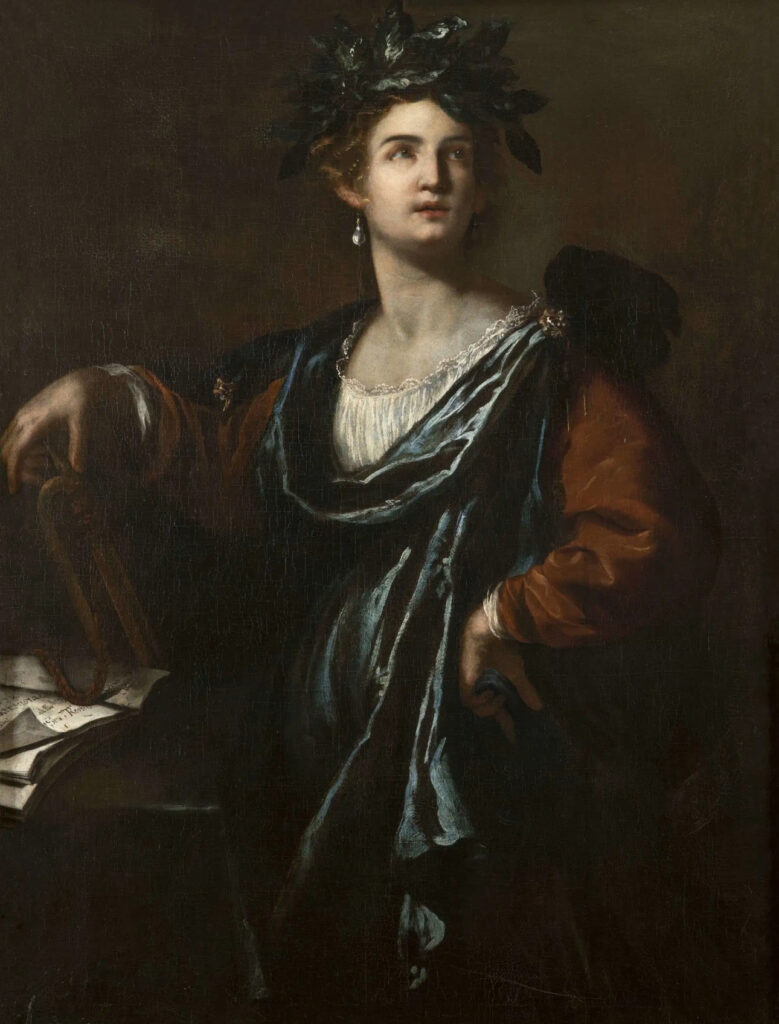
With time, Artemisia’s pictures of women changed even more. The exhibition showcases some brilliant portraits of women as muses, allegories, or saints. These are images of beautiful women in assertive stances, looking courageous and important, or sometimes shown in the dreamy, languishing poses of women lost in their own private world.
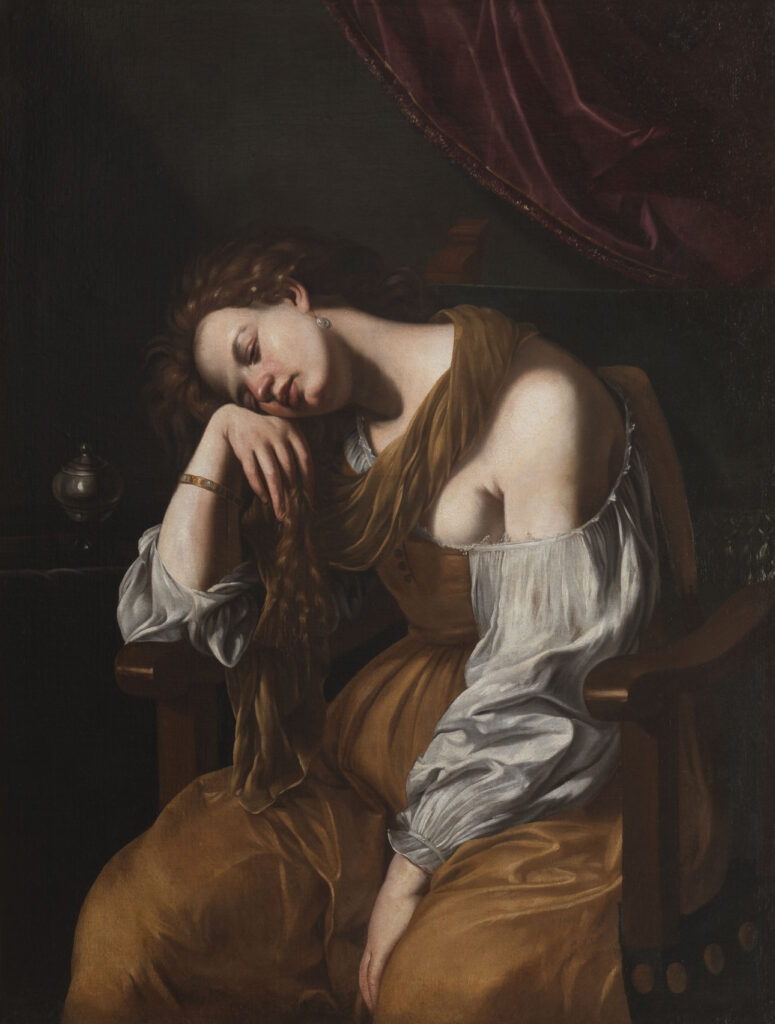
A less-known picture of Penitent Magdalene that the exhibition sourced from the Seville cathedral shows a woman whose religious ecstasy is not expressed by twisting hands and eyes raised to heaven (as it is in the Baroque paintings of Guido Reni and Simon Vouet or, in fact, in Artemisia’s own early picture) but as a woman in the sweet slumber of a dream. Artemisia’s women went though an evolution just as their creator did—becoming more assured and yet gentler, having moved on from the fierce determination of her early images.
The exhibition is taking place at the Jacquemart André Museum in Paris between March 19 and August 3, 2025.
